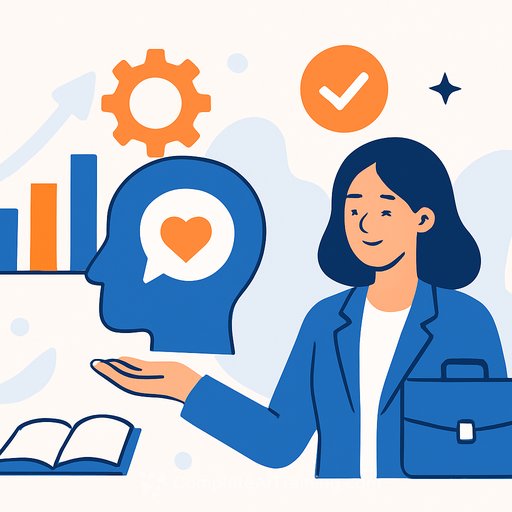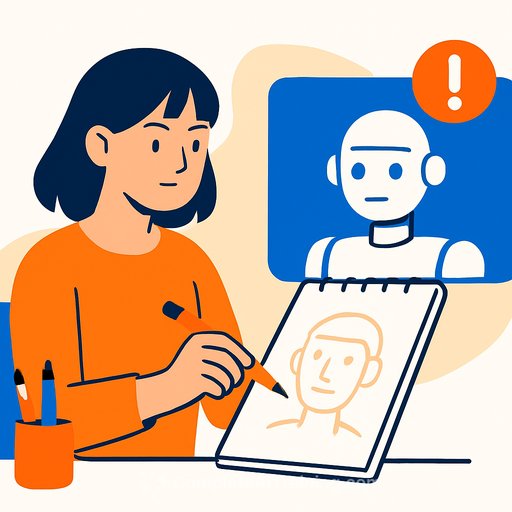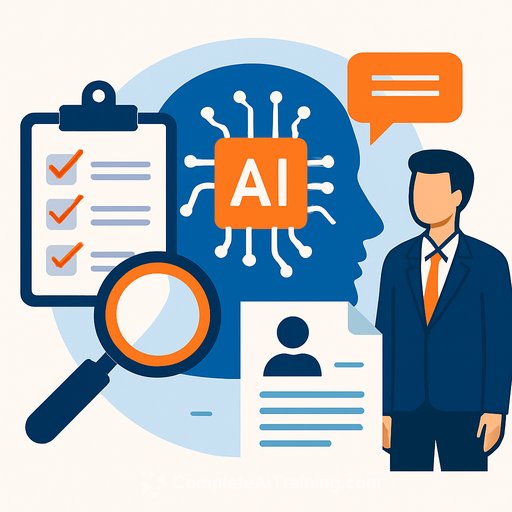#InspireHR 2025: A practical field guide for HR leaders
AI is moving fast, talent markets are shifting, and employees expect more. More than 200 HR leaders met at The Ritz-Carlton, Hong Kong, on 16 September 2025 to answer a simple question: What should HR do next?
Here are the crisp takeaways you can apply now-from technology and wellbeing to rewards, learning, and legal risk.
Technology that actually makes HR simpler
Philip Wixon, Head of HR Transformation at The Hong Kong Jockey Club, showed how one cloud platform replaced 20+ disconnected systems across recruitment, onboarding, compensation, learning, and performance. The result: fewer clicks, fewer systems, and a better employee experience.
The secret wasn't the software. It was branding the change, training hard, measuring continuously, and giving real-time support. "HR is about to get simpler… in the future, it is going to get even more simpler," he said.
- Consolidate systems before you automate processes.
- Invest in training and change champions; do not outsource adoption to IT.
- Track adoption weekly; fix friction fast.
Wellbeing that strengthens resilience
Theresa Sham (Aqua Restaurant Group), Kris Lui (Dr. Martens), and Fanny Lau (New World Development Company) agreed: treat wellbeing as a living system, not a fixed policy. Start with what your people actually need, not what looks good on a slide.
Leaders must participate, model healthy behavior, and communicate with empathy-especially through restructures. Policy without leadership example won't stick.
- Use pulse surveys and listening groups to find real stress points.
- Equip managers to respond early, not after burnout appears.
- Measure outcomes: retention, absence, and productivity-not just usage rates.
AI in payroll: compliance without the chaos
Vivian Hu (ADP) demonstrated AI that spots errors before payroll runs, flags issues during processing, and supports employees after pay day. That means fewer surprises, faster fixes, and better trust.
"With AI, we may hand over some 'thinking', but it doesn't mean we stop thinking," she said. Use AI for pattern spotting; keep humans for judgment.
- Start with AI checks on high-risk items: underpayments, tax errors, and time anomalies.
- Give employees self-serve tools for common pay questions.
- Document governance: who reviews what, and when.
Flexible benefits: meaningful choice, managed cost
Victoria Yow (Pacific Prime Hong Kong) made it clear: flexible benefits aren't a gimmick. They're a long-term cost and engagement lever if you give people choices that matter by life stage, not a buffet of random perks.
Personalisation doesn't mean endless options; it means smart, relevant options.
- Map benefits to life stages: early career, caregiving, mid-career, pre-retirement.
- Use spending caps and data reviews to control cost growth.
- Explain trade-offs clearly; transparency builds trust.
Learning that sticks: experiential and social
Adeline Looi (Estée Lauder Companies) showed how experiential, emotional, and applied learning beats content dumps. "Social learning is not just about getting observations, but also about retention and learning from one another."
Think simulations, peer practice, and AI coaching tied to real work-then measure behavior change, not attendance.
- Redesign programs around practice and feedback, not slide decks.
- Tie learning goals to specific role behaviors and business metrics.
- Use AI tools for spaced prompts and coaching between sessions.
Mental health belongs in the business plan
In a candid fireside chat, Sharlene Song (Meiyume) and Shirley Xu (Under Armour) pushed for empathy in action. Simple "micro connections" (like asking about a teammate's weekend) build trust quickly.
Leaders should listen first, observe patterns, and support openly. "Wellbeing is a journey for everyone. Everyone benefits when leaders make mental health a true priority," Xu said.
- Train managers to spot early signals and respond without stigma.
- Co-create practices with employees; avoid one-size-fits-all programs.
- Protect time for rest and focus work in team norms.
Restructures: manage emotions with intent
Emily Tang (Standard Chartered) normalised the emotional toll of change and framed HR as the steady hand: "You can get paralysed, or tell yourself this is my defining moment."
Her call to action: steady yourself first, then support others. That's how whole teams move forward.
- Give people space to name fear and uncertainty without judgment.
- Use simple rituals: weekly check-ins, clear timelines, and shared FAQs.
- Coach leaders to communicate early, often, and consistently.
Total rewards that reflect what people value
Ravi Nippani (Mercer Asia) spotlighted a shift: people want purpose, fair and transparent pay, and custom career paths. Rewards must move from fixed formulas to flexible models that fit diverse needs.
Clear communication and personalisation build engagement and trust across compensation, benefits, and recognition.
- Audit pay for fairness; publish your philosophy and process.
- Offer choice in benefits and recognition, with clear cost controls.
- Link rewards to skills and impact, not just tenure.
Digital-first workplaces, human-first decisions
Post-lunch, a panel with Joseph Ng (Accor Hotels Group), Klennis Lau (L'OCCITANE), and Kelvin Lam (Mercer Hong Kong) agreed: start with an employee-first mindset. Build tech with empathy and inclusion, and co-create solutions with diverse teams.
"Digital tools must align with company culture - it is not just about systems, it is about creating emotional connection," said Ng. Lau added, "Not every feedback is adopted, but every voice is heard." Lam's advice: "Whether you use it or not, it is going to be here for a long time. Just learn it."
- Put employee experience criteria in every tech decision.
- Run small pilots with cross-functional teams; iterate fast.
- Share back what feedback you used-and what you didn't, and why.
Legal change: stay ready, stay human
Adam Hugill (Hugill & Ip) covered Hong Kong updates: abolition of the MPF offsetting mechanism, changes to continuous contract rules, and fresh case law on restrictive covenants, termination, and discretionary bonuses. He also flagged AI risks: bias, transparency, and data confidentiality, especially with external tools.
His rule: keep a human in every decision loop. "Law never moves as quickly as technology… You can't rely on AI to make final decisions for you." For MPF context, see the MPFA.
- Review policies and contracts against new case law and MPF changes.
- Set AI guardrails: data handling, bias checks, and human approval points.
- Train HR and managers on lawful process and documentation.
Where HR goes next
The throughline across the day: simplify the system, treat wellbeing as infrastructure, use AI with judgment, and make rewards transparent and flexible. Above all, put people at the center of every tool and policy.
If you're upskilling teams on AI for HR, explore practical pathways here: AI courses by job.
Thank you to all speakers, moderators, panellists, and delegates for the ideas and candour that moved the function forward.
Your membership also unlocks:






